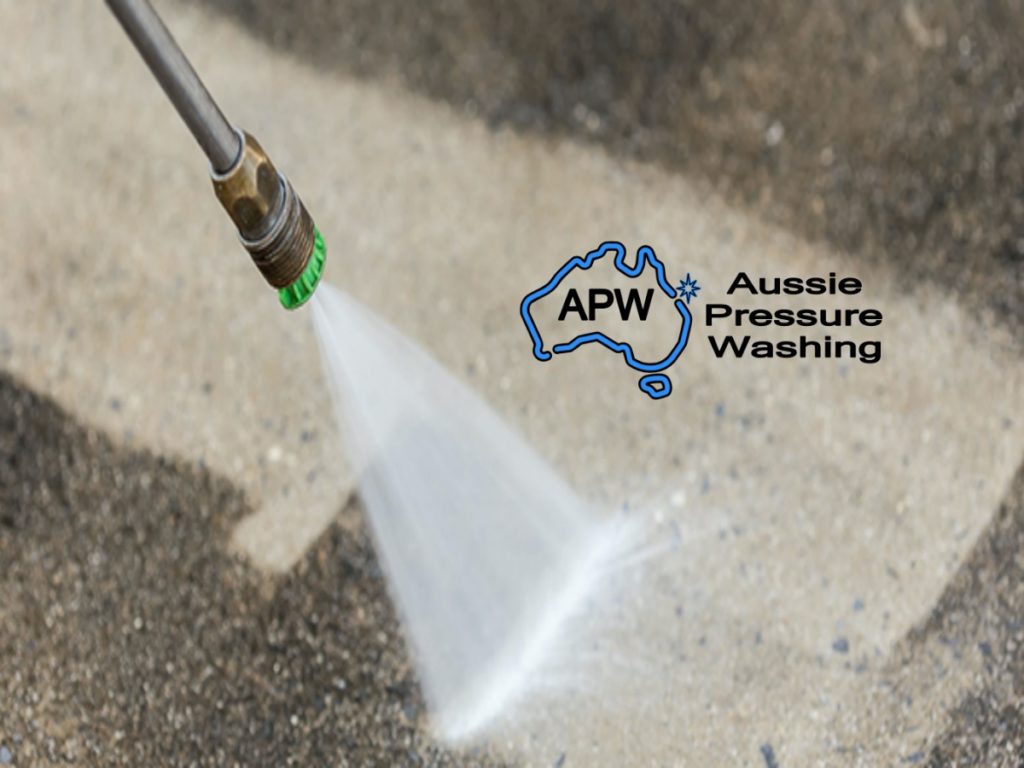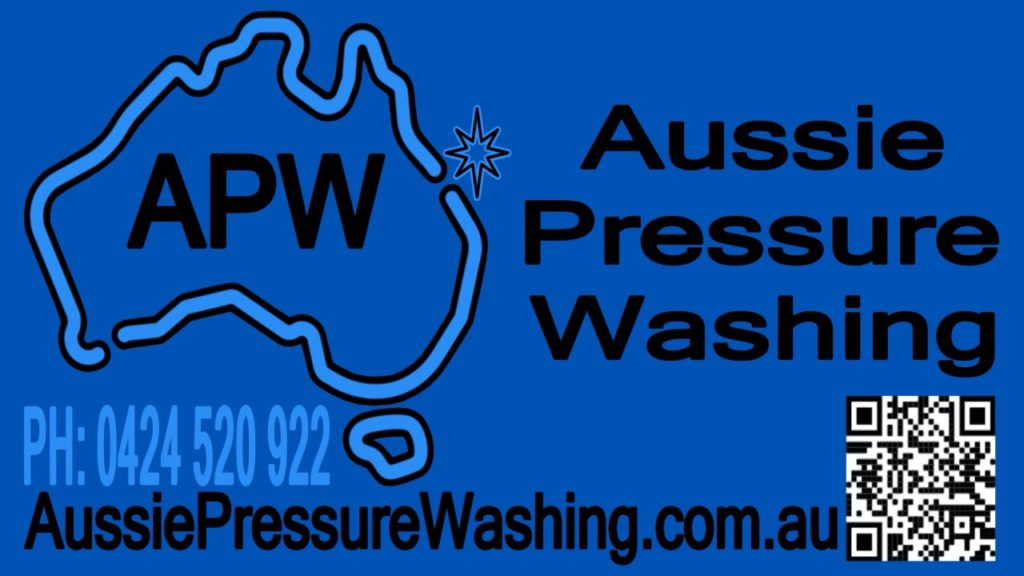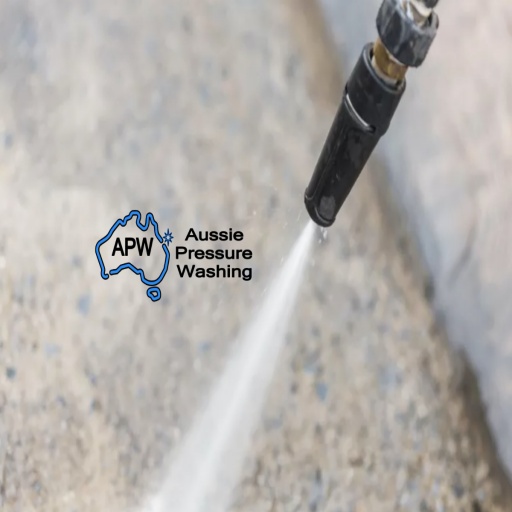Pressure Cleaning Best Practices for Superior Results

Cleaning Concrete Surfaces
5 Best Practices for Effective Pressure Cleaning of Concrete Surfaces
When it comes to removing stubborn stains from concrete surfaces like pavements, sidewalks, government warehouses, entrances, and public parking lots, following the right practices is crucial. Whether it’s battery acid, tire marks, or environmental factors causing deterioration, you’re well aware of the challenges present in our streets and cities. Not all stains can be eliminated with a simple cleaning process, and that’s why we’re here to share the 5 best practices for achieving remarkable results. Keep reading to discover effective techniques for pressure cleaning concrete surfaces.
1. Concrete Washing With Cold or Hot Water?
Best Practices for Pressure Cleaning: Cold Water vs. Hot Water Pressure Washers
When it comes to pressure cleaning, selecting the right equipment is essential for optimal results. Here, we discuss the advantages of both cold water and hot water pressure washers, allowing you to determine the best choice for your cleaning needs.
- Cold Water Pressure Washer: Cold water pressure washers are cost-effective and user-friendly. They are suitable for general cleaning tasks and offer versatility for a variety of surfaces. Cold water pressure washers are ideal for routine maintenance and removing light to moderate dirt and debris.
- Hot Water Pressure Washer: Hot water pressure washers excel in efficiency, particularly for challenging cleaning tasks. They deliver faster and more effective results, especially when tackling stubborn stains like oil and grease. Hot water effectively dislodges oil from concrete, even in colder weather conditions. This efficiency reduces labor costs by increasing cleaning speed and effectiveness.
Consider the specific requirements of your cleaning project to determine whether a cold water or hot water pressure washer is the better choice. Both options have their merits, and selecting the right equipment will ensure efficient and successful pressure cleaning outcomes.
2. Equipment recommendations
Optimal Pressure and Equipment for Effective Concrete Pressure Cleaning
To achieve the best results when pressure cleaning concrete surfaces, it’s important to consider the following guidelines:
- Pressure Requirement: Utilize a pressure of at least 3000 PSI (pounds per square inch). Certain stubborn stains may necessitate higher pressure. However, exercise caution to avoid damaging the concrete by applying excessive pressure during cleaning.
- Safety Gear: Prioritize safety by wearing the necessary protective equipment. This typically includes goggles, gloves, and appropriate footwear to safeguard against any potential hazards.
- Turbo or Rotating Nozzle: For superior practice in pressure cleaning concrete surfaces, employing a turbo nozzle or rotating nozzle is highly recommended. These specialized nozzles provide enhanced speed and efficiency, enabling you to achieve thorough and effective cleaning.
By adhering to these best practices, you can optimize your concrete pressure cleaning efforts, ensuring efficient and satisfactory results.
3. Remove Hazards
Optimal Practices for Preparing the Surroundings for Pressure Cleaning
To ensure the best results during pressure cleaning, it is crucial to take the following steps to prepare your surroundings:
- Walk Around and Assess: Begin by thoroughly surveying the area to identify items that need to be covered or protected. This includes furniture, outdoor TVs, electrical outlets, pots, and plants.
- Cover and Protect: Use appropriate covers or protective materials to shield items from water and cleaning solutions. Ensure that all vulnerable surfaces and electrical components are adequately secured.
- Remove Objects, if Safe: If it is safe to do so, remove items such as chairs, pots, and plants from the cleaning area. This precaution will prevent them from being accidentally damaged during the pressure cleaning process.
By implementing these best practices, you can safeguard your surroundings and ensure a successful pressure cleaning experience.
4. Steps To Cleaning Your Concrete Surface
To ensure optimal results, begin your concrete cleaning at the highest point to prevent runoff from soiling the freshly cleaned areas.
Eliminate dirt, grime, and debris from your patio by employing a high-pressure jet or sweeping it away.
Administer the detergent using a low-pressure nozzle, following the manufacturer’s instructions for proper action.
Thoroughly rinse the surface and allow it to dry. Repeat as necessary.
5. Concrete Should Be Cleaned Periodically
Regular maintenance is crucial for concrete surfaces to enhance their appearance and longevity. To prevent the accumulation of dirt over time, it is recommended to incorporate concrete cleaning into your annual schedule.
Consider including concrete patio cleaning in your monthly maintenance routine.
While concrete cleaning may require a few hours of your time, the outcome will be remarkable as you restore its pristine finish.

Let Aussie Pressure Washing Handle Your Pressure Cleaning Needs
Get the work done by us instead of wasting your time and money trying out different cleaning procedures yourself. Aussie Pressure Washing offers you the best services to keep your surfaces clean and free of mould, mildew, algae, dirt, and debris. We can clean better under pressure!
All you need to do is find a reliable, efficient, and professional cleaning service that can transform the look of your house or Business. Call Aussie Pressure Washing at PH: 0424 520 922 Trust us to restore your property’s curb appeal today!


